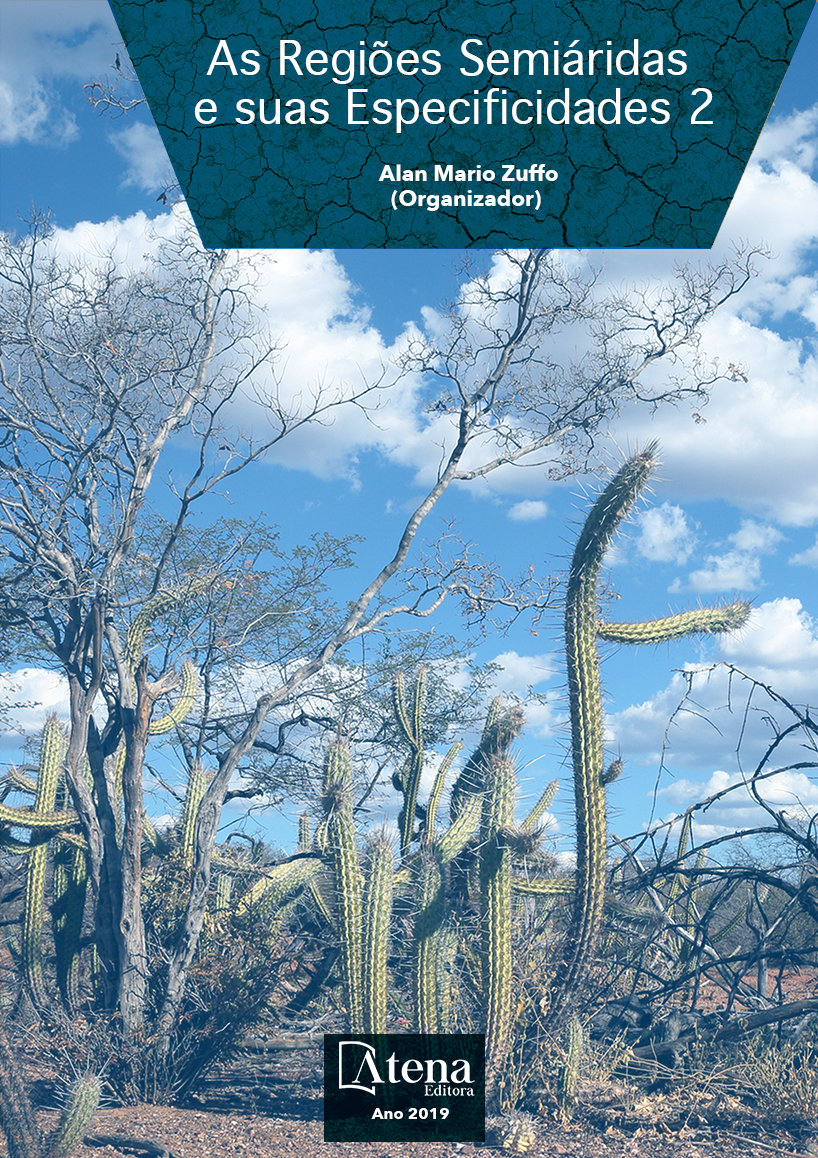
Cytogenetic characterization of Tacinga Britton & Rose (Opuntioideae-Cactaceae)
-
DOI: 10.22533/at.ed.9161915036
-
Palavras-chave: Atena
-
Keywords: Chromosome banding, autopoliploidy, transposable elements and Opuntioideae.
-
Abstract:
The Tacinga genus includes eight
species; seven are endemic to eastern Brazil and
only occur in Northeastern of Venezuela. They are
shrubs, sub-shrubs and lianas, with segmented
or cylindrical cladodes and abundant glochids
in their areoles. Their morphological characters
have limited utility to distinguish species and
to infer about the genetic relationships among
them. The present work aimed to characterize
six Tacinga species at chromosome level using
CMA/DAPI fluorochromes. Their chromosome
numbers ranged from 2n = 22 (T. braunii,
T. funalis and T. palmadora) to 2n = 66 (T.
werneri), with relatively symmetrical karyotypes,
predominantly metacentric chromosomes, and
average chromosome size of 2.68 μm. The
heterochromatic band pattern was characterized
by the presence of at least one chromosome pair
with conspicuous CMA+ terminal bands, usually
linked and distended, with heteromorphims on
CMA+ interstitial bands observed in T. funalis
and T. inamoena. The autopoliploidy and action
of the transposable elements are mechanisms
that could explain chromosomal evolution in
Tacinga. On the other hand, the morphological
diversity among disjunct populations of T.
inamoena should be a result of its interspecific
crosses. Considering this assumption, T.
inamoena seems to be an excellent material to
study polyploid complexes in which tetraploid
species are often hybrids.
-
Número de páginas: 15
- Fabiane Rabelo da Costa Batista
- José Achilles de Lima Neves
- José Clayton Ferreira Alves
- Erton Mendonça de Almeida
- Daniela Cristina Zappi
- LANIA ISIS FERREIRA ALVES


